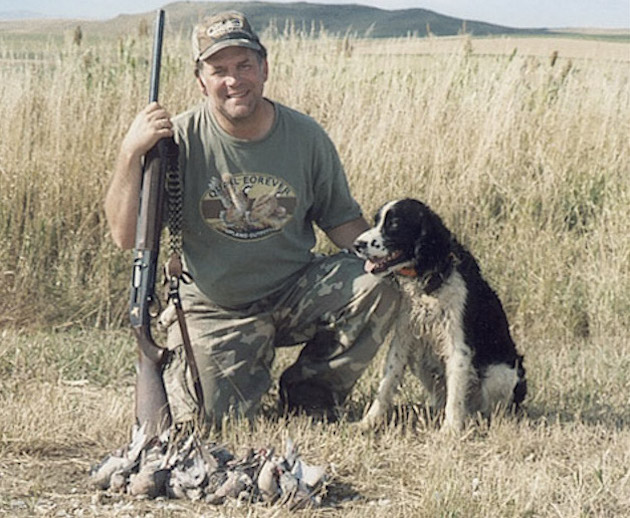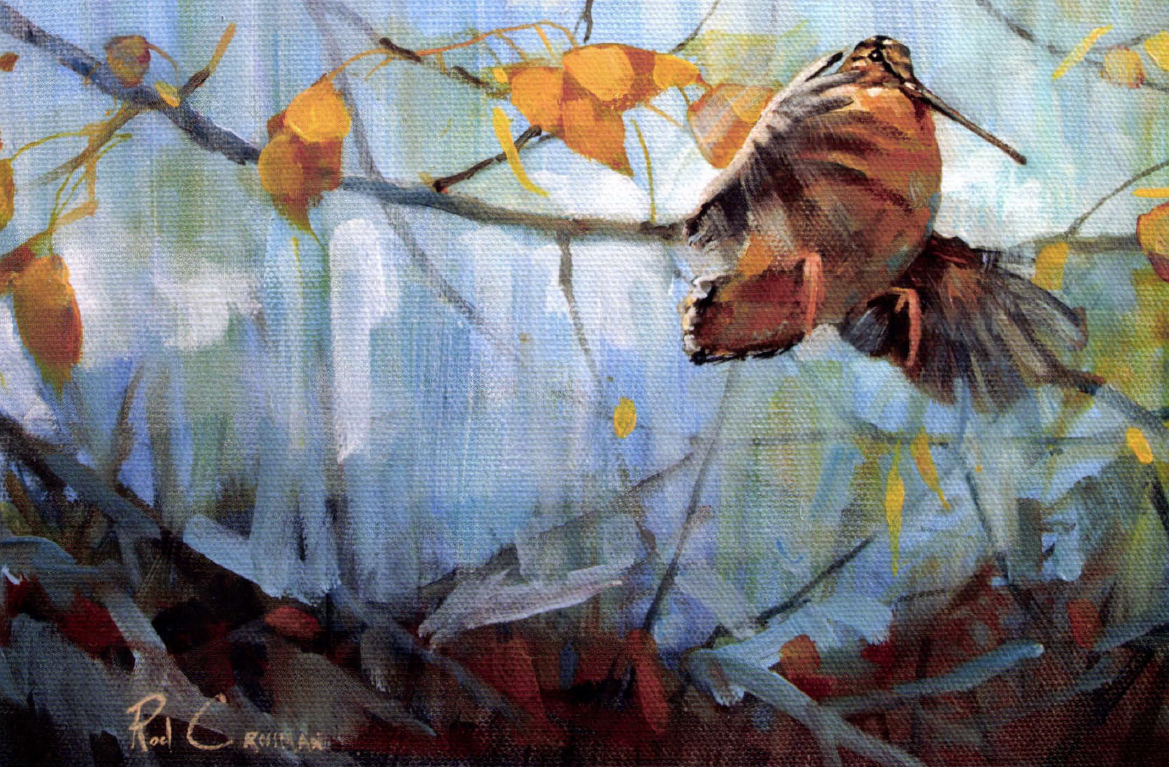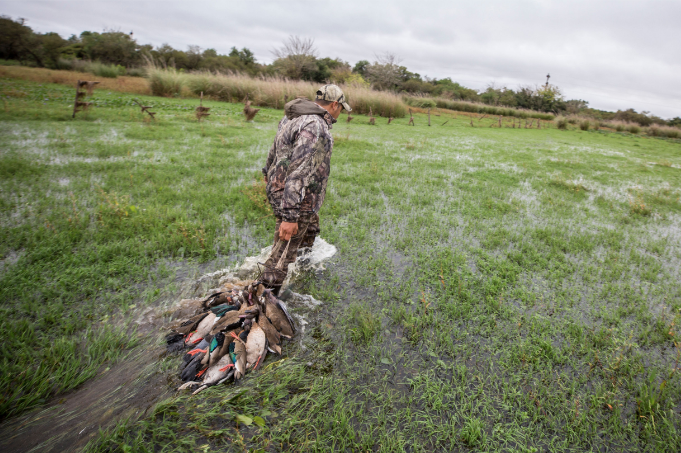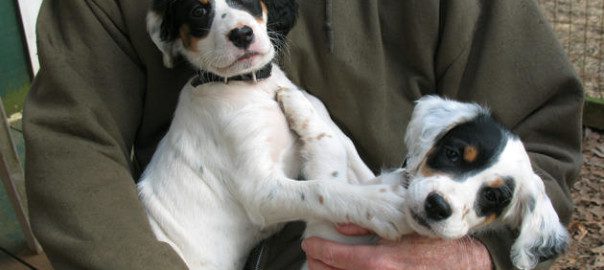A flock of about 15 sleek gray mourning doves sped in high, mixing and cutting like only these aerial acrobats can do.
Spotting my decoys, they dropped altitude like a rock before swinging in low over a wheat stubble field near Winner, South Dakota. Decoys often prompt doves to fly in closer and slower to take a look—a great advantage for a hunter trying to bag these feathered thunderbolts.
I picked one off as the flock swung in, then another as they kicked in the afterburners, scattering helter-skelter in every direction. The first bounced on the hard-packed stubble—an easy find—but the second dropped deep in some tall, thick grass nearby. Without a good dog, that bird would have been lost.
With the September 1 dove opener approaching, I start thinking about hunting these great gamebirds. Like most bird hunting, you can get away doing it without a dog, but you’ll have a fuller bag if you bring one along. Also, the first rule of conserving the game is to use a dog to prevent shooting more birds than need be.
A downed dove is small, camouflaged and nearly impossible to find in dense cover without the canine nose. On that particular South Dakota hunt, my late springer Wolf, the old pro he was, marked where the bird dropped, circled toward it downwind, and soon brought it to hand.
Some dogs don’t like the easily dislodged feathers of a dove, but Wolf could not have cared less. He’d just spit them out and park himself: “Where’s the next one, sir?” I could see him thinking, his deep brown eyes once again scanning the skies over the field.
I’d even use Wolf to flush doves pheasant-style in weedy food plots. Doves will hold in thick cover when you pass them by, but a good dog will fix that. Get ready, though—a flushed dove is sassy. They’ll hit speed quick and turn on a dime when they spot you swinging that scattergun.
My current springer Hunter’s first retrieve was on a mourning dove. We were walking a path between a sunflower food plot and pasture when a dove came winging by low, right to left. I dropped it, but on the other side of a taut, five-deck barbed-wire fence—the ones that are so hard to climb (and probably shouldn’t be lest they get damaged). Hunter saw the bird drop and was on it. He immediately picked it up and brought it to hand, saving me two difficult climbs over the fence.
Another time in North Dakota, just east of Bismarck, in a grazed pasture by a pond (doves love ponds), I dropped an incoming dove over decoys. The bird had some fight left in him and was bouncing around, occasionally making short hops. The action drew the attention of a hawk, which swooped in, grabbed the bird, and flew off. Hunter and I gave chase as the hawk flew away with our prize. After some yelling and chasing, the hawk had enough and dropped the bird.
In a picked North Dakota canola field (doves love canola), the doves were coming in so fast a buddy and I were dropping birds right and left. With Hunter bringing them in, I could stay put and keep dropping birds. We both filled out, 15 birds apiece, in no time.
Doves can be hard to find even in short wheat stubble. Back in South Dakota, I once nailed a dove that dropped long. Another came in; I dropped it, too, but by then had lost my “mark” on the first bird. Again, Wolf worked the wind and found the bird as I picked up the other.
Teamwork afield: There’s no better experience between man and dog.
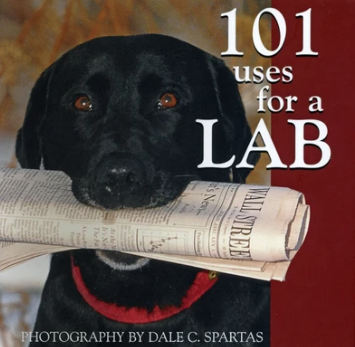 A whimsical look at the many roles your beloved Labrador Retriever plays in your life. Just a sample of his many hidden talents include canine garbage disposal, security alarm, world-class athlete, border patrol agent, devoted fishing buddy and low-cost dishwasher.
A whimsical look at the many roles your beloved Labrador Retriever plays in your life. Just a sample of his many hidden talents include canine garbage disposal, security alarm, world-class athlete, border patrol agent, devoted fishing buddy and low-cost dishwasher.
This picture book consists of photos and short captions describing some of the myriad ways in which Labrador Retrievers and their humans interact. The adorable and hilarious photography in this book perfectly captures all the heartwarming, endearing characteristics that make him your best friend. Buy Now

